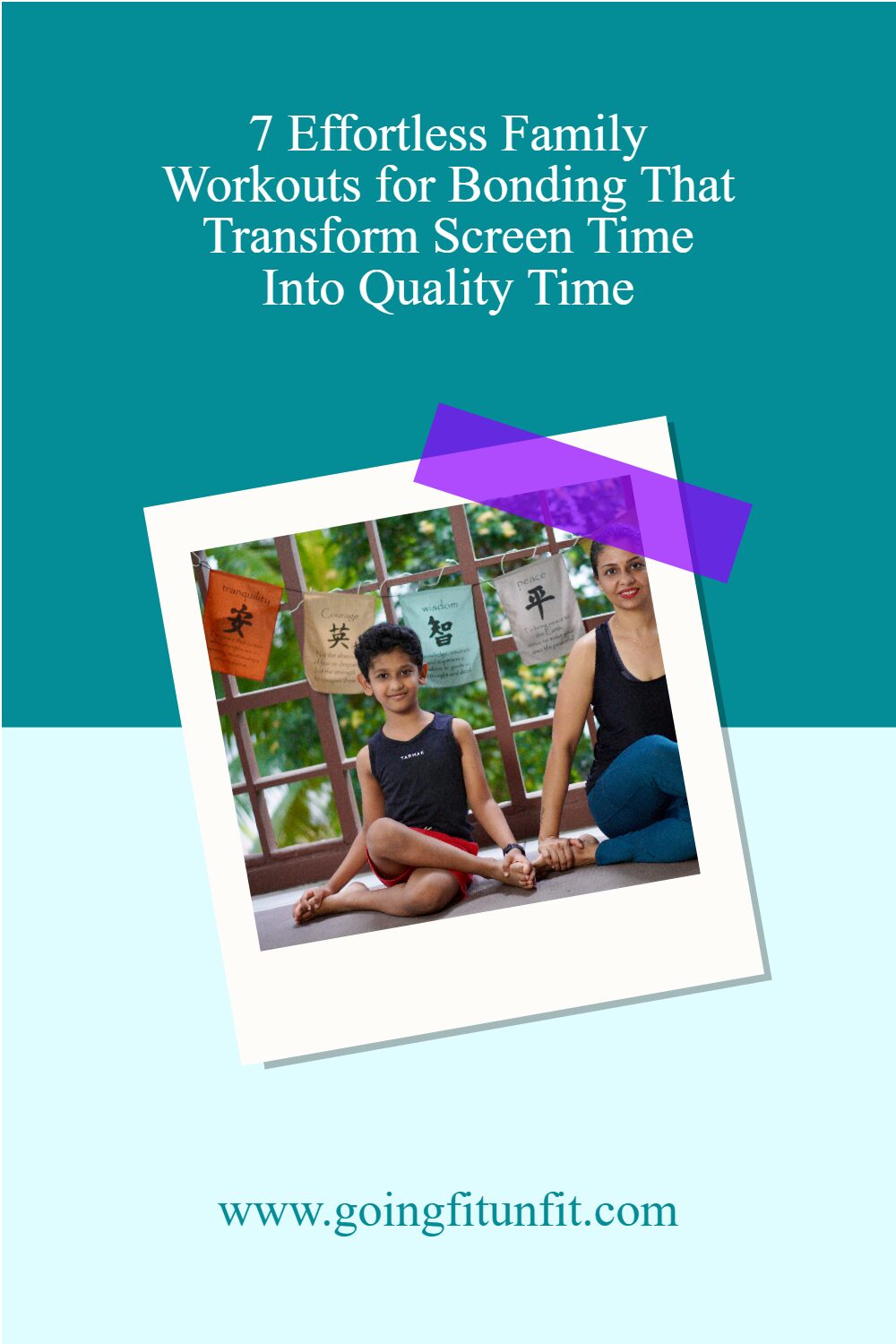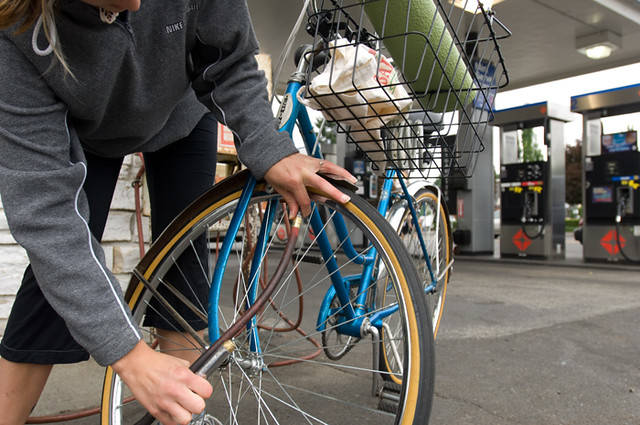Picture this: It’s 6 PM on a Tuesday, everyone’s scattered around the house glued to their devices, and you’re wondering when your family last laughed together. Sound familiar?
If you’re tired of competing with screens for your family’s attention, family workouts for bonding might be the game-changer you’ve been searching for. These fun family workout ideas don’t just get everyone moving – they create those precious moments where genuine connection happens naturally, turning your living room into a hub of laughter, teamwork, and shared accomplishments.
Why Family Workouts for Bonding Work Better Than Traditional Family Time
Family workouts for bonding tap into something powerful that sitting around a dinner table simply can’t match. When we exercise together, our bodies release endorphins – those feel-good chemicals that create natural highs and positive associations. It’s like having a built-in mood booster that makes everyone more open, playful, and connected.
I’ve found that at-home family workouts break down the usual parent-child dynamics in the most beautiful way. Suddenly, you’re not the authority figure giving instructions – you’re teammates working toward the same goal. Your teenager might discover they’re stronger than Dad in planks, while your 8-year-old becomes the family’s flexibility champion. These discoveries build confidence and create inside jokes that last for months.
This dynamic reminds me of our family ice skating adventures – there’s something magical about everyone wobbling together on the rink, laughing at our collective unsteadiness while cheering each other’s small victories. Whether we’re attempting balance poses in the living room or steadying each other on skates, the vulnerability and mutual support create the same beautiful bonding moments.
The beauty of at-home exercise for families lies in its accessibility. No expensive gym memberships, no coordinating schedules with outside facilities, and no weather excuses. Your living room becomes a sacred space where family bonding activities happen consistently, creating healthy habits for families that everyone looks forward to rather than dreads.
How to Set Up Your At-Home Family Workout Space (No Equipment Needed)
Transform any room into your family fitness sanctuary with minimal effort and zero equipment. The key to successful no equipment family exercises is creating a space that feels special and dedicated to your shared goals. I’ve discovered that even clearing a 6×6 foot area can feel like opening up a world of possibilities.
Start by designating workout zones for each family member – this prevents the chaos of everyone bumping into each other and gives each person ownership of their space. Use colorful tape to mark boundaries, or simply assign corners of the room. This small step transforms random movement into organized no equipment family workouts that feel intentional and support an active family lifestyle.
Lighting plays a huge role in creating the right atmosphere for family workouts for bonding. Natural light energizes everyone, while softer evening lighting can make stretching sessions feel more relaxing. Music becomes the invisible family member that sets the pace and mood – create playlists that include everyone’s favorite songs, and watch how quickly reluctant participants become enthusiastic dancers.
No-Equipment Family Exercises That Feel Like Play (Not a Workout)
Living room workouts for kids and parents don’t require fancy equipment – they require creativity and enthusiasm. The most effective family bonding activities use what you already have: your bodies, your furniture, and your imagination. Think of your coffee table as a jumping platform, your couch as a balance beam, and your hallway as a sprint track.
Bodyweight exercises become adventures when you frame them correctly. Push-ups transform into “feeding the floor monster,” planks become “human bridges for toy cars to drive under,” and jumping jacks turn into “starfish celebrations.” This playful approach makes beginner workouts for families feel less like exercise and more like play.
Families who exercise together are more likely to maintain active lifestyles long-term than those who work out individually. This happens because family-friendly exercise creates positive associations with movement that extend far beyond the workout itself. When fitness becomes synonymous with family fun, it stops feeling like a chore and starts feeling like a privilege.
Age-Inclusive Family Workout Ideas (From Toddlers to Teens)
Creating workouts for families with young kids while keeping teenagers engaged feels like solving a complex puzzle – but it’s absolutely doable with the right approach. The secret lies in layered activities where each person can participate at their own level while contributing to the family’s success.
Take “Family Fitness Relay Races” – toddlers can army crawl under chairs while teens do burpees, parents perform modified push-ups, and grandparents contribute with arm circles. Everyone completes their station and cheers for the next person, creating a supportive environment where all-ages family fitness becomes a celebration rather than a competition.
I’ve found that teen and parent workout ideas work best when they incorporate elements of friendly competition and skill-building. Challenge-based activities like “Who can hold a wall sit longest?” or “Family plank-off championships” tap into natural competitive spirits while building genuine respect for each family member’s unique strengths.
For toddler-friendly workouts, focus on animal movements and storytelling. “Bear walks to the honey pot” (coffee table), “frog jumps across the lily pads” (couch cushions), and “penguin waddles to the iceberg” (kitchen island) turn exercise into imaginative play that captivates young minds while building motor skills. These approaches ensure that workouts for families with young kids remain engaging for everyone involved.
How to Build a Family Workout Schedule You’ll Actually Stick To
The difference between families who stick with fitness routines and those who abandon them after two weeks often comes down to realistic scheduling. Learning how to build a family fitness routine successfully requires acknowledging that life is messy, energy levels fluctuate, and some days you’ll have 30 minutes while others you’ll have 5.
Create a flexible framework rather than a rigid timetable. Monday might be “Movement Monday” with energizing cardio, Wednesday could be “Wisdom Wednesday” focusing on balance and coordination, and Friday becomes “Fun Friday” with dance parties and games. These family workout schedule ideas provide consistency while allowing for spontaneity and individual preferences.
I’ve discovered that morning family fitness routines work better for building habits, while evening sessions are perfect for unwinding and connecting after busy days. Morning workouts energize everyone for the day ahead and create a sense of shared accomplishment before the family scatters to work and school. Evening sessions help process the day’s stress and create a natural transition into relaxed family time.
The key to maintaining a daily family fitness routine lies in starting small and celebrating wins. Begin with 10-15 minute sessions three times a week, and gradually increase as the habit solidifies. Track your family’s progress with a simple calendar where everyone gets to put a sticker or checkmark after each workout – this visual representation of consistency becomes surprisingly motivating for all ages.
Creative Games That Disguise Exercise as Play
The most successful fitness games for kids and parents don’t feel like traditional workouts at all. They feel like games, adventures, and shared challenges that happen to involve movement. When you master this approach, you’ll never again hear the dreaded “Do we have to work out?” complaint.
“Fitness Scavenger Hunts” transform your home into an adventure course. Create cards with movements like “find something blue while doing lunges,” “locate a book while crab-walking,” or “discover a family photo while doing wall push-ups.” This approach combines cardio, strength training, and problem-solving while creating opportunities for storytelling and laughter.
“Family Fitness Bingo” has become our go-to solution for those days when motivation is low. Create bingo cards with different exercises, and the first person to complete a row chooses the next family activity. This game-based approach makes staying active as a family feel rewarding rather than obligatory, and the element of chance keeps everyone engaged and surprised.
Dance battles and freeze dance sessions tap into the universal human love of music and movement. Create themed nights like “Decades Dance” where each family member picks songs from different eras, or “Around the World” nights featuring music from different countries. These fitness challenges for families build cardiovascular fitness while teaching cultural appreciation and musical history.
How to Overcome Common Family Workout Challenges (Without Giving Up)
Every family faces obstacles when building an active family lifestyle, and acknowledging these challenges upfront prevents frustration and abandonment of good intentions. The most common barrier I encounter is the “different fitness levels” dilemma – parents worry about being too challenging for young kids or too easy for athletic teenagers.
The solution lies in focus-shifting rather than exercise-changing. Instead of everyone doing identical movements, focus on shared goals like “Let’s see how many exercises we can complete as a family in 10 minutes” or “Can we create a human chain while each person does their favorite movement?” This approach celebrates individual strengths while maintaining family unity.
Motivation fluctuations are completely normal and shouldn’t derail your entire program. Some days your teenager will be enthusiastic while your 6-year-old resists; other days the roles will reverse. Build flexibility into your expectations and have backup plans like solo dance parties, partner stretching sessions, or even active household chores that count as movement.
Space limitations become creative opportunities rather than excuses when you shift your perspective. Hallway walking meetings, stair climbing challenges, and bedroom yoga sessions prove that parent-child fitness ideas can flourish anywhere. The goal isn’t perfection – it’s connection and consistency.
Making Family Fitness a Lifelong Habit
The families who successfully maintain fun ways to bond with kids through exercise understand that perfection isn’t the goal – progress and connection are. Building exercise to build family connection requires patience, creativity, and a willingness to adapt as your family grows and changes.
Our outdoor adventures have taught me the importance of variety in family fitness. Just like our weekend hikes create different conversations and discoveries than our ice skating outings, mixing indoor workouts with seasonal activities keeps everyone engaged. Some days we’re bear-crawling across the living room, other days we’re conquering trails together – both experiences strengthen our family bond through shared physical challenges.
Document your family’s fitness journey with photos, videos, and written reflections. Create a family fitness journal where everyone contributes observations about their favorite exercises, proudest moments, and goals for upcoming weeks. This documentation becomes a treasure trove of memories and motivation during challenging periods.
To make our hiking adventures more purposeful and build anticipation for our next outdoor family bonding session, I rely on Fitbit Inspire 3 Fitness Tracker. It’s become an essential part of our family fitness toolkit because tracking our steps during hikes creates friendly competition and helps us set exciting goals for our next adventure – plus the kids love seeing who walked the farthest on our ice skating days!
Remember that building group exercise ideas into family culture takes time – research suggests it takes 66 days for a new behavior to become automatic. Be patient with the process, celebrate small victories, and trust that the investment you’re making in your family’s health and connection will pay dividends for years to come.
Creating family workouts for bonding isn’t about achieving fitness perfection – it’s about weaving movement, laughter, and connection into the fabric of your daily life. These shared experiences become the stories your children will tell their own families someday, creating a legacy of health and togetherness that extends far beyond any individual workout session.
What’s one family fitness memory from your own childhood that still makes you smile? How might you recreate that joy for your own family today?
















These are very helpful and will definitely come in handy.
great ideas! thanks for sharing!